Today, literacy is not just about learning to read and write; it’s a crucial tool that opens doors to a world of knowledge and opportunities. It’s the foundation upon which we build our ability to communicate, understand, and interact with the world around us. It is the cornerstone that supports all other learning.
Math & ELA | PreK To Grade 5
Kids see fun.
You see real learning outcomes.
Watch your kids fall in love with math & reading through our scientifically designed curriculum.
Parents, try for free Teachers, use for free
But how do we ensure every student learns to read and write, loves the process, and excels in it? This is where literacy strategies for teachers come into play.
In the modern classroom, literacy strategies are essential for several reasons. They help cater to diverse learning styles, engage students more effectively, and promote a deeper understanding of the material.
These strategies are vital in an era of abundant information and attention spans are challenged. They equip teachers with innovative methods to make reading and writing more interactive and meaningful.
In this blog, we will talk about some of the best literacy strategies that can make a significant difference in your classroom!
Literacy Strategy Definition
Literacy strategies are various methods and approaches used in teaching reading and writing. These are not just standard teaching practices but innovative, interactive, and tailored techniques designed to improve literacy skills. They include activities like group discussions, interactive games, and creative writing exercises, all part of a broader set of literacy instruction strategies.
The Role of Literacy Strategies in Enhancing Reading and Writing Skills
Teaching literacy strategies enhance students’ reading and writing skills. These strategies help break down complex texts, making them more understandable and relatable for students. They encourage students to think critically about what they read and express their thoughts clearly in writing. Teachers can use literacy strategies to address different learning styles, helping students find their path to literacy success.
15 Best Literacy Strategies for Teachers
1. Phonics Instruction
Phonics instruction is fundamental in building foundational reading skills, especially for young learners. This method teaches students the relationships between letters and sounds, helping them decode words. Through phonics, students learn to sound out words, which is crucial for reading fluency and comprehension. Phonics instruction can be made fun and interactive with games, songs, and puzzles.
You can begin here:
Related Reading: How to Teach Phonics to Kids – A Step By Step Guide
2. Graphic Organizers
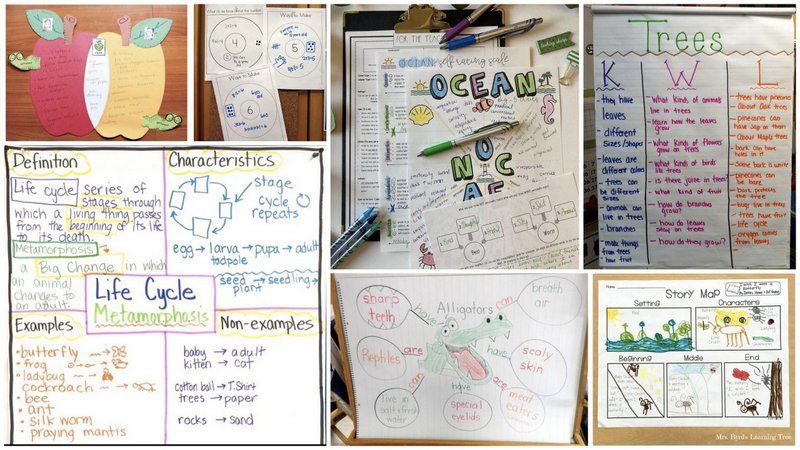
Graphic organizers are powerful visual tools that aid in better comprehension and organization of information. As part of literacy practice examples, they help students visually map out ideas and relationships between concepts. This can include charts, diagrams, or concept maps. Using graphic organizers, teachers can help students structure their thoughts, making complex ideas more accessible and understandable. It’s an effective way to break down reading materials or organize writing drafts visually.
3. Think-Pair-Share
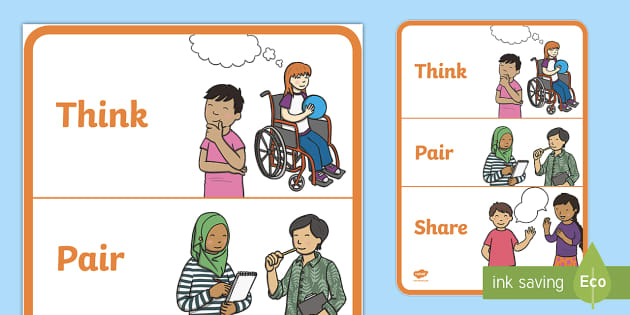
Think-pair-share is an essential literacy strategy that fosters collaborative learning. In this activity, students first think about a question or topic individually, then pair up with a classmate to discuss their thoughts, and finally share their ideas with the larger group. This strategy encourages active participation and communication, allowing students to learn from each other. It’s a simple yet powerful way to engage students in critical thinking and discussion.
Related Reading: Best Active Learning Strategies for Kids in the Classroom
4. Vocabulary Instruction
Vocabulary instruction is crucial in expanding language comprehension. This strategy involves teaching students new words and phrases in terms of their definitions, context, and usage. Effective vocabulary instruction can include word mapping, sentence creation, and word games. By enriching students’ vocabulary, teachers equip them with the tools to understand and articulate ideas more effectively, enhancing their overall literacy.
You can begin here:
5. Story Mapping
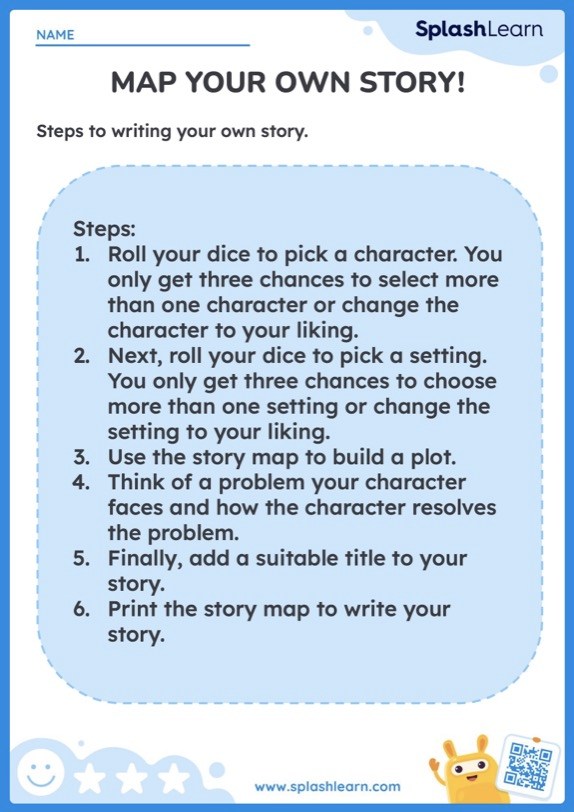
Story mapping is a technique where students break down the narrative elements of a story, such as characters, setting, plot, and conflict. This strategy helps in enhancing comprehension and analytical skills. By visually organizing the elements of a story, students can better understand the structure and themes of the text. It’s an engaging way to dissect stories and can be done individually or as a group activity.
Related Reading: Best Reading Comprehension Activities for Kids
6. KWL Charts (Know, Want to Know, Learned)
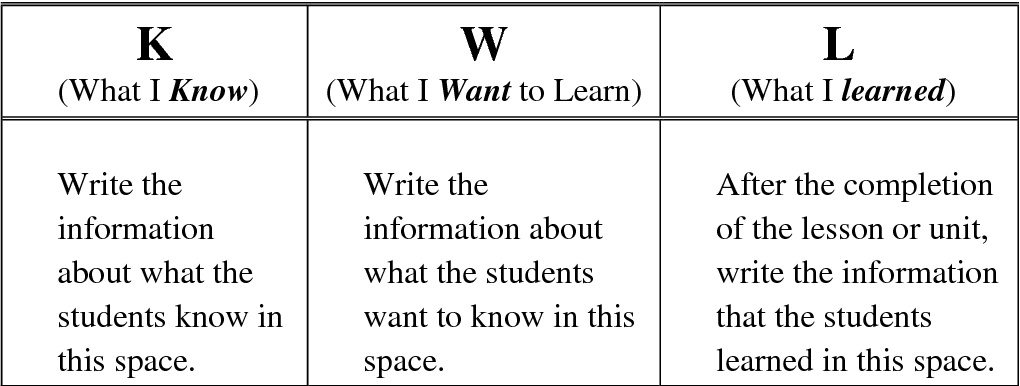
KWL charts are an effective tool for structuring learning objectives. This strategy involves creating a chart with three columns: What students already Know, What they Want to know, and What they have Learned. This approach helps activate prior knowledge, set learning goals, and reflect on new information. It’s a great way to engage students in the learning process from start to finish, making them active participants in their education. KWL Charts can be used across various subjects, making them versatile and essential in the classroom.
7. Interactive Read-Alouds

Interactive read-alouds are a cornerstone among literacy instructional strategies. In this activity, the teacher reads a story aloud, using expressive tones and gestures to bring the story to life. This method engages students in dynamic storytelling, sparking their imagination and interest. It’s an essential literacy strategy that enhances listening skills, vocabulary, and comprehension. Teachers can pause to ask questions, encouraging students to think and predict, making it an interactive and inclusive learning experience.
Related Reading: How to Read a Book: 15 Best Book Reading Tips for Children
8. Guided Reading
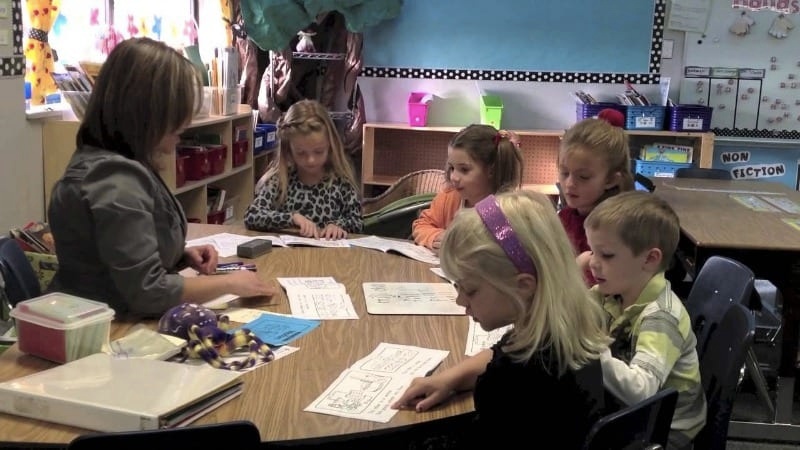
Guided reading is a tailored approach that addresses the diverse reading levels within a classroom. In this strategy, teachers work with small groups of students, providing focused reading instruction at their specific level of development. This allows for more personalized attention and support, helping students progress at their own pace.
Related Reading: Best Reading Websites For Kids
9. Writing Workshops
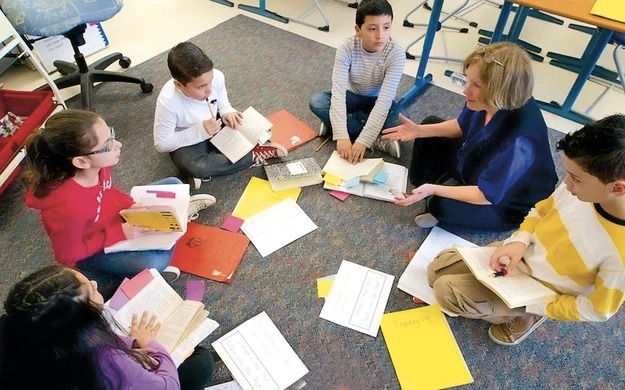
Writing workshops are a dynamic way to foster creative expression among students. These workshops provide a platform for students to write, share, and receive feedback on their work. It’s an interactive process where students learn to develop their writing style, voice, and technique. Writing Workshops encourage creativity, critical thinking, and peer collaboration, making them a vital part of literacy development.
Related Reading: Amazing Writing Prompt For Kids To Improve Confidence
10. Literature Circles

Literature circles are a collaborative and student-centered approach to reading and discussing books. In these circles, small groups of students choose and read a book together, then meet to discuss it, often taking on different roles like discussion leader or summarizer. This strategy promotes discussion, critical thinking, and a deeper understanding of literature. It’s an engaging way for students to explore texts and share their perspectives, enhancing their analytical and communication skills.
11. Scaffolding

Scaffolding is a teaching method that provides students with step-by-step guidance to help them better understand new concepts. This approach breaks down learning into manageable chunks, gradually moving students towards stronger comprehension and greater independence. Scaffolding can include techniques like asking leading questions, providing examples, or offering partial solutions. It’s especially effective in building confidence and skill in students, as they feel supported throughout their learning journey.
12. Word Walls
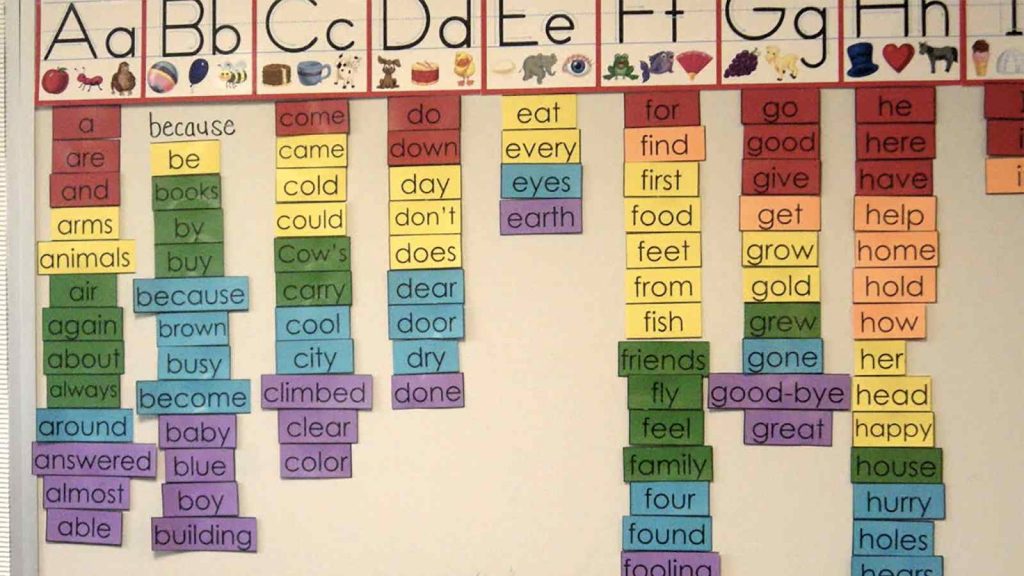
Word walls are a visual and interactive way to display vocabulary in the classroom. As one of the essential literacy strategy examples, they help students learn new words and reinforce their spelling and meaning. Teachers can add words related to current lessons or themes, encouraging students to use and explore these words in their writing and speaking. Word walls are educational and serve as a reference tool that students can continually interact with.
Related Reading: How to Teach Spelling to Kids
13. Reader’s Theater
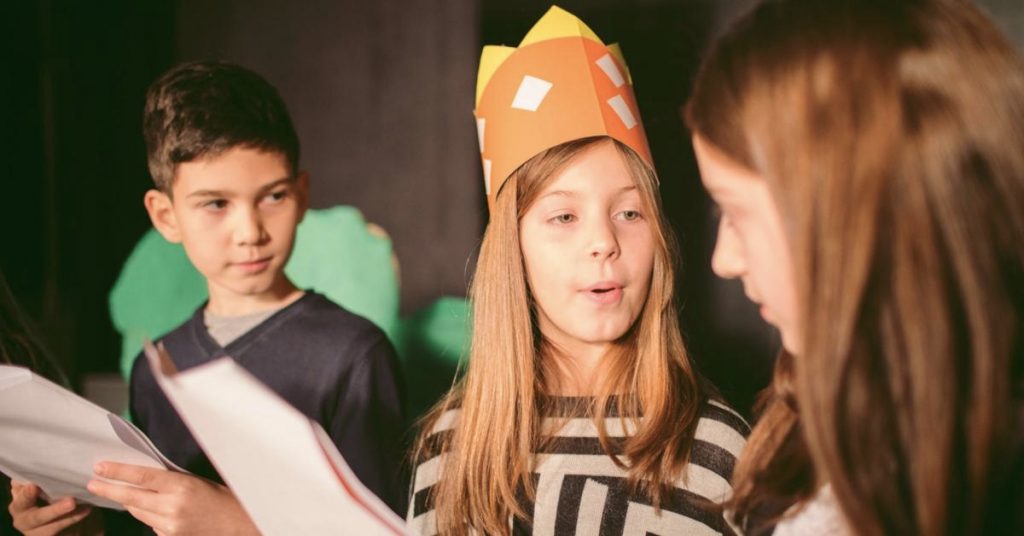
Reader’s theater is an engaging literacy activity that combines reading and performance. In this strategy, students read scripts aloud, focusing on expression rather than memorization or props. This method helps improve reading fluency, comprehension, and confidence as students practice reading with emotion and emphasis. Reader’s Theater is also a fun way to bring literature to life and encourage a love for reading and storytelling.
14. Dramatization of Text

Dramatization of text involves bringing stories and texts to life through acting and role-play. This strategy allows students to interpret and enact narratives, deepening their understanding of the characters, plot, and themes. It’s an interactive way to engage students with literature, encouraging them to explore texts creatively and collaboratively. Dramatization can enhance comprehension, empathy, and public speaking skills.
15. Inquiry-Based Learning
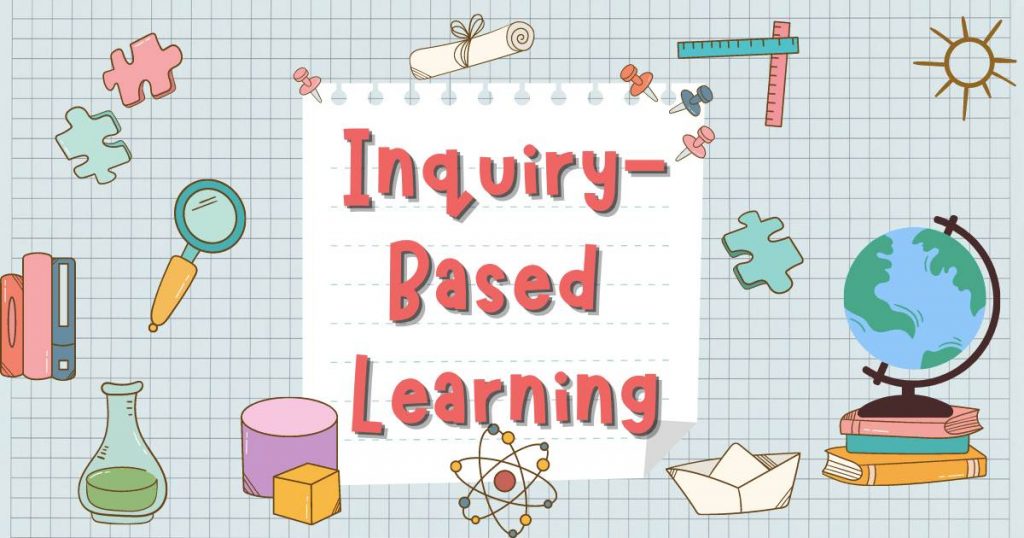
Inquiry-Based Learning is a student-centered approach that promotes curiosity-driven research and exploration. In this method, learning starts with questions, problems, or scenarios rather than simply presenting facts. Students are encouraged to investigate topics, ask questions, and discover answers through research and discussion. This strategy fosters critical thinking, problem-solving skills, and a love for learning.
Related Reading: What is Competency-Based Education? Benefits & Examples
Conclusion
These literacy strategies for teachers offer a diverse and dynamic toolkit for teachers to enhance reading, writing, and comprehension skills in their classrooms. By incorporating these methods, educators can create a more engaging, inclusive, and effective learning environment, paving the way for students to become confident and proficient learners.
Related Reading: Best Classroom Management Strategies for An Orderly Class
Frequently Asked Questions (FAQs)
What are the key benefits of using literacy strategies in the classroom?
Literacy strategies enhance classroom engagement, improve comprehension, and foster critical thinking skills. They make learning more interactive and meaningful, helping students to connect with the material more deeply.
How can teachers effectively integrate literacy strategies into existing curricula?
Teachers can integrate literacy strategies by aligning them with current lesson objectives, using them as complementary tools for existing content. Start small, incorporate strategies gradually, and tailor them to fit the lesson’s context.
Are these literacy strategies suitable for all age groups?
Yes, these strategies can be adapted for different age groups and learning levels. The key is to modify the complexity and delivery of the strategy to suit the developmental stage and abilities of the students.
How do digital literacy strategies for teachers differ from traditional ones?
Digital literacy strategies incorporate technology, focusing on skills like navigating online information, digital communication, and critical evaluation of online content, which are essential in the digital age.
Can literacy strategies be used in subjects other than language arts?
Absolutely, literacy strategies can be applied cross-curricularly. For example, graphic organizers can be used in science for hypothesis mapping, or story mapping can be used in history to outline events.












![100 True or False Questions for Kids [With Answers] True or false for kids](https://www.splashlearn.com/blog/wp-content/uploads/2024/10/true-or-false-for-kids-100x70.jpg)


